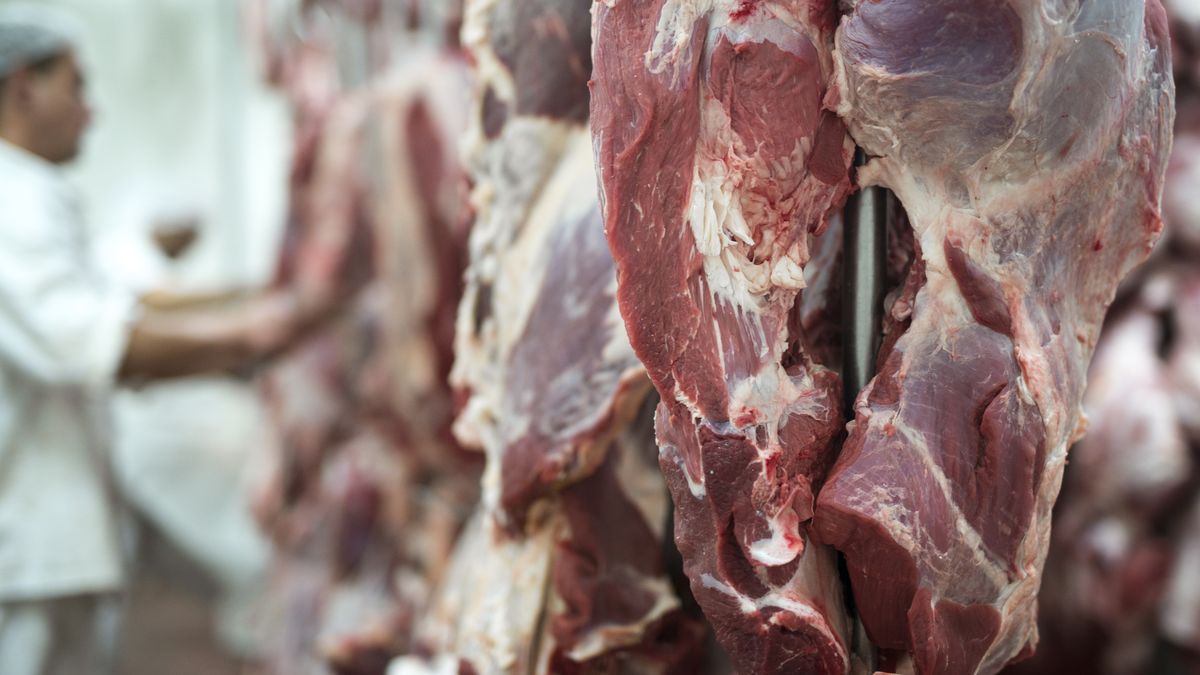In the midst of avian flu outbreaks, foreign purchases of this type of meat shot up 133% compared to last year.
He National Meat Institute (INAC) reported that, so far in 2023, the meat imports recorded a significant increase in 32.3% compared to the same period last year, with a notable preponderance of pork and beef, but a strong increase in poultry.
The content you want to access is exclusive to subscribers.
Among all purchases abroad, 13,243 tons entered for 44 million dollars, at an average of 3,328 dollars per ton.


Thus, of the total meat that entered the country in recent months, 53.4% was porcine, 40.7% bovine and 5.9% avian. Meanwhile, 7,075 tons of pork were imported per $17.2 million5,384 tons of cattle per $24.9 million and 784 tons of chickens per $1.8 million.
However, the percentage increase in the first two segments, if viewed in isolation, was 18.6% and 45.2%. The significant data in this axis of analysis is in the poultry meat, that, in a context of spread of influenza in different parts of the country, showed a rises from 133.2% year-on-year in their imports.
last week the Ministry of Livestock, Agriculture and Fisheries (MGAP) detected the eighth outbreak of bird flu since the first case was registered. It is a Black-necked swan that was found dead in a nature reserve in the town of Playa Penino, in San José, an area close to Playa Pascua. After the corresponding analysis, the bird tested positive.
As for the cuts beef who entered the country, 59.5% were hindquarters26.5% striker cuts and 12.3% trimmingsIn the case of the swine, the total of what was imported was frozen cuts; while in the avian, 100% were chunks.
Where did the imported meat come from?
In the three types of meats Brazil has a crucial impact as a trading partner. In bovine meatthe neighboring country contributed 4,238 tons at an average of 4,754 dollars per ton and Paraguayan, 1,146 tons at an average of 4,176 dollars.
According to the pork meatfrom Brazil they were imported 16,348 tons at an average of $2,429; from Paraguayan, 726 tons at an average of $2,700; from Denmark, 79 tons at an average of $2,917; from Chili, 64 tons at an average of $1,810; and from Spain, 41 tons to an average of $3,242.
In turn, for poultry meat some entered the country 412 tons from Brazil, at an average per ton of $2,410; 211 tons of chili, at an average of $3,175; and 161 US tonsat an average of US$1,256.
Source: Ambito




